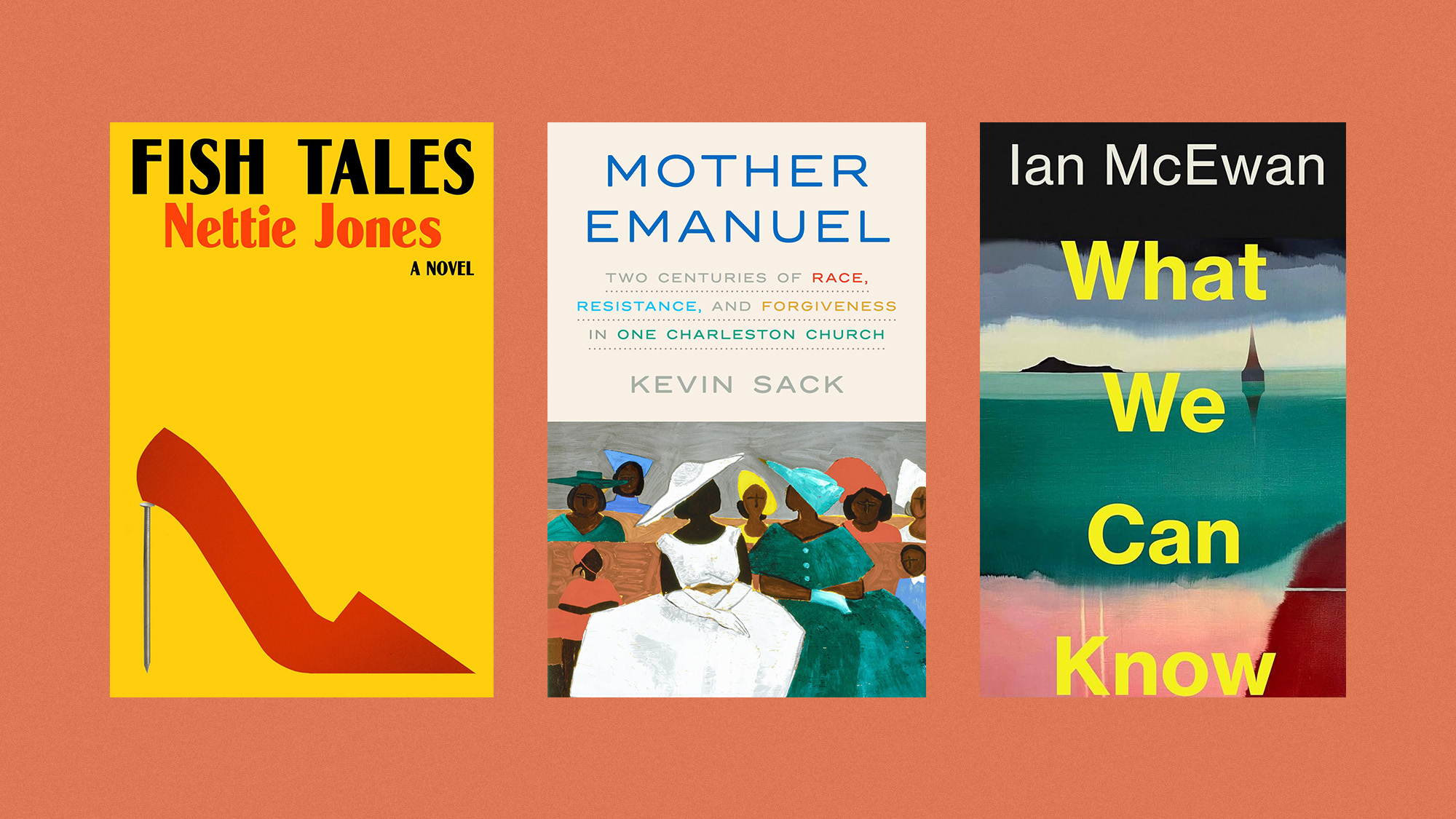Exhibit of the week: Diaghilev and the Ballets Russes, 1909–1929: When Art Danced With Music
An exhibition at the National Gallery celebrates the groundbreaking work of the Ballets Russes.
“Something different is afoot at the National Gallery,” said Julia Langley in DCist.com. In an exhibition that celebrates the groundbreaking work of the Ballets Russes and its founder, Serge Diaghilev, the gallery flouts almost as many conventions as the dance company did during its early-20th-century heyday. The museum’s “generally hushed halls” for the next few months will be “alive with light, movement, and sound,” while visitors wander among costumes, backdrops, sketches, and photographs grouped together on distinct theatrical sets. The Ballets Russes, created in Paris in 1909 by Diaghilev, broke down barriers between the visual arts, dance, music, and theater while enlisting in that effort some of the greatest avant-garde artists of the day. Henri Matisse, Sergei Prokofiev, and George Balanchine were just three of many collaborators. “The creative force unleashed by Diaghilev is overwhelming.”
“Much of what is on display falls into the category of holy relics,” said Philip Kennicott in The Washington Post. The fun comes from imagining the legendary Russian dancers who once wore these “frayed, faded” costumes, because “the legend of the Ballets Russes was always a bit better” than the sometimes “raggedy” record of accomplishment that the troupe left behind. We’ve all heard, for instance, how the 1913 Paris premiere of Igor Stravinsky’s The Rite of Spring enraged concertgoers, but Stravinsky’s modernist music has aged far better than Vaslav Nijinsky’s stylized choreography, which looks “ridiculous” in a videotape shown here of a 1987 restaging. Providing a more dazzling effect are two 30-foot-tall theatrical screens for productions from the 1920s, including a front cloth based on a painting by Pablo Picasso. Such sights “appeal to our celebrity pleasure receptors more than our artistic ones,” but so what? “Any intelligent person would happily forgo a year in the opera house for one night of time travel back to the heyday of the Ballets Russes.”
We see surprisingly little of Diaghilev himself, said Sophie Gilbert in Washingtonian. “There’s plenty to marvel at” in every room, but toward the end, “the question hanging in the air” is whether the man whose name appears in the exhibition’s title “was an artist, a patron, a tastemaker, or an extraordinarily lucky man with an exemplary eye for talent.” Of course, it’s almost inevitable that a show about performances from the distant past “will offer up only fragments and leave imagination to fill in the rest.” The evidence here suggests that the Ballets Russes represented “a remarkable manifestation of genius.” Whether that genius belonged to Diaghilev or the people he commissioned almost doesn’t matter.
The Week
Escape your echo chamber. Get the facts behind the news, plus analysis from multiple perspectives.

Sign up for The Week's Free Newsletters
From our morning news briefing to a weekly Good News Newsletter, get the best of The Week delivered directly to your inbox.
From our morning news briefing to a weekly Good News Newsletter, get the best of The Week delivered directly to your inbox.
A free daily email with the biggest news stories of the day – and the best features from TheWeek.com
-
 Received a gift card this holiday season? Here’s how to maximize it.
Received a gift card this holiday season? Here’s how to maximize it.The Explainer Make the most of your present
-
 ‘Lumpy skin’ protests intensify across France as farmers fight cull
‘Lumpy skin’ protests intensify across France as farmers fight cullIN THE SPOTLIGHT A bovine outbreak coupled with ongoing governmental frustrations is causing major problems for French civil society
-
 The best books of 2025
The best books of 2025The Week Recommends A deep dive into the site of a mass shooting, a new release from the author of ‘Atonement’ and more